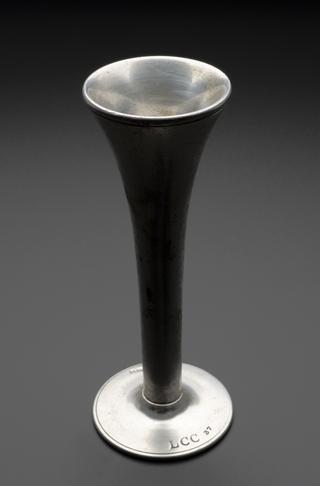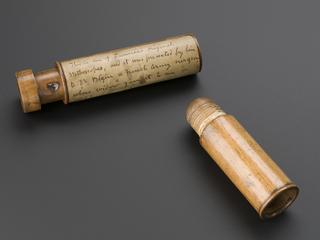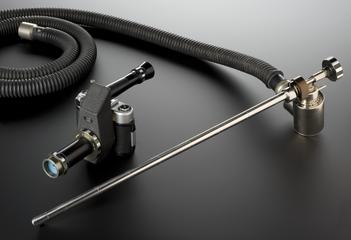




Ricord speculum, by Mathieu, used on Empress Eugenie, by Ricord, French
A speculum lets a physician look inside the body. American physician Dr Philippe Ricord (1800-89) used this vaginal speculum on Napoleon III’s wife, Empress Eugénie of France (1826-1920). The speculum is made of gilt metal and ivory. These expensive metals show the importance of the physician and the patient. Specula with two valves, such as this, were introduced in 1825.
Problems with vaginal specula include pain felt by the patient and how much light the physician has to perform an examination. The highly polished surface of the valves reflected some light. Specula examinations caused controversy in the 1800s over male doctors performing such an intimate examination on women.
Details
- Category:
- Clinical Diagnosis
- Collection:
- Sir Henry Wellcome's Museum Collection
- Object Number:
- A600264
- Measurements:
-
overall: 82 mm x 206 mm x 65 mm, .29 kg
- type:
- vaginal speculum
- credit:
- Loan, Wellcome Trust




